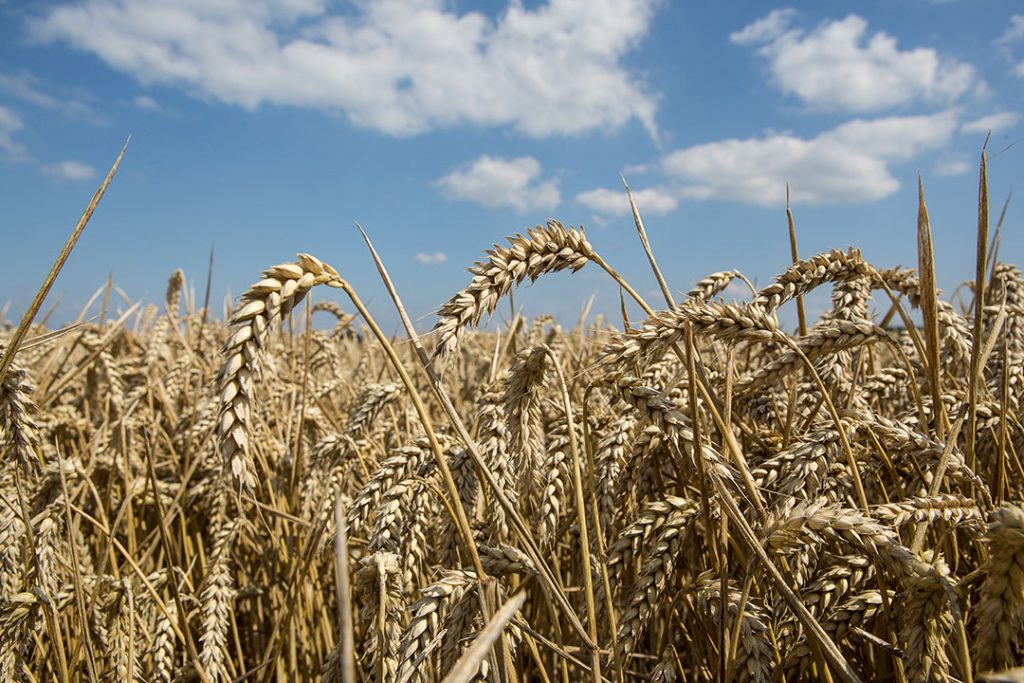A Simple and Quick Method of Comparing Grain Prices
All producers need to know how to read grain prices in order to make decisions on the farm. But it isn’t always simple. Indeed, grain companies may appear to go out of their way to make understanding grain prices difficult at times. Which makes it even more difficult because assessing chances among many purchasers is an important aspect of a strong grain sales strategy.
Comparing grain prices australia might be tricky depending on the grain grade. Wheat, in particular, can be difficult to price because different vendors offer different base grades. Any surcharges or reductions applied to the price will be influenced by the grade. The price will be modified if the grain delivered does not match the grade that was agreed.
Subscribe to the Text Message Service
Crop prices fluctuate a lot. Subscribing to your local elevator’s text message service is the greatest method to keep up with what’s going on with rates in your region. Typically, these services will send an SMS with the current cash price three times per day. If you’re a regular client or co-op member, the majority of these services are free.

Keep Track of your Foundation
The futures market is used by your local grain buyer to determine what price to pay for grain. Typically, the price listed on the board differs from the price they are ready to give you. The basis is the gap between the futures market and the local price. Each elevator determines the basis, which helps them account for the cost of buying and reselling grain as well as local supply and demand. This also means that the bases of different grain buyers will differ.
Be Aware of Your Storage Costs
The cost of grain storage and handling is an important factor to consider when selecting when to market your grain. The longer you keep grain, the more these costs eat into your profits. Even if you store grain on-farm, there is a cost associated with doing so. If you store grain at a local elevator, you can get the most up-to-date storage prices from them.
Make a Marketing Plan
If you don’t have a marketing plan, you won’t be able to get market price updates, track the local basis, or figure out your storage costs. When it comes to selling grain, many of us find it difficult to take the plunge.
When you write a grain marketing plan, you’re not comparing today’s price to yesterday’s price; instead, you’re comparing today’s price to the expectations you’ve set in your plan. Your strategy should include, at the very least, the price you want to sell for, the date you want to sell by, and the amount of grain you want to sell.









